Culture
The Kalyana-Kalpataru Hanuman-Number (1992): A Spiritual Treasure For Hanuman Bhaktas
Aravindan Neelakandan
Apr 16, 2022, 02:44 PM | Updated 02:32 PM IST
Save & read from anywhere!
Bookmark stories for easy access on any device or the Swarajya app.
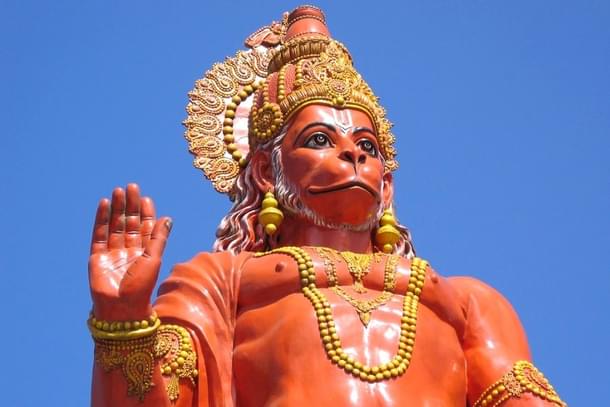
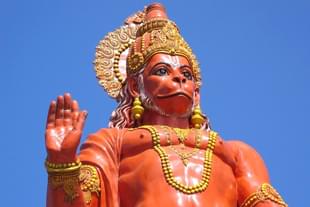
Thirty years ago 'Kalyana Kalpataru' the monthly English magazine of Gita Press Gorakhpur brought out a special volume on Hanuman. It contained sixty four articles (which also included popular prayer verses translated and also a poem) on Hanuman by various experts - from modern historians to traditional Vedic scholars. It is a treasure for every Hanuman Bhakta to keep. It also contained six colour plates.
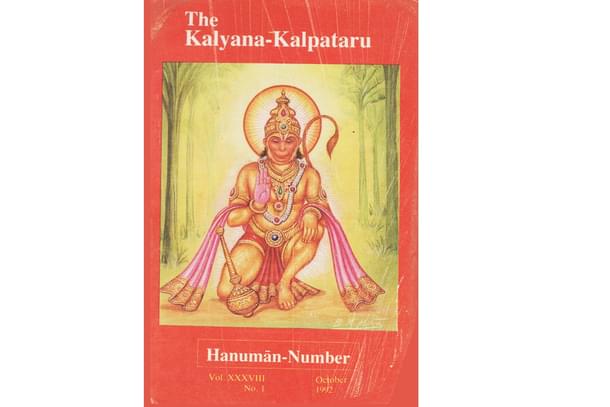
Spread over 380 pages and with a proud ethical proclamation that commercial advertisements are not accepted, the magazine number immediately communicates to the reader that what he or she is holding is something immensely sacred. The book also contains benedictory messages from the four Shankaracharyas.
Here are presented a few excerpts from the magazine.
In his essay 'Hanuman the Ideal Devotee', late Sri Jayadayalji Goyandhka gives this wonderful passage from Valmiki Ramayana that describes the gigantic form Hanuman assumed before he leapt for serving Sri Rama:
Just as the ocean surges up high on the full-moon days Hanuman began to grow in form for the fulfillment of Sri Rama's work. With desire to cross over the ocean he excessively enlarged his body and pressed the mountain with his arms and feet. The mountain being thus struck by Hanuman quivered at once and remained trembling for a moment. The flowers of the trees growing on it, fell down. When he took the jump, the Sala and other trees standing on the mountain fell down disarrayed being smashed by his thighs and they followed him just as an army rushes behind a king.
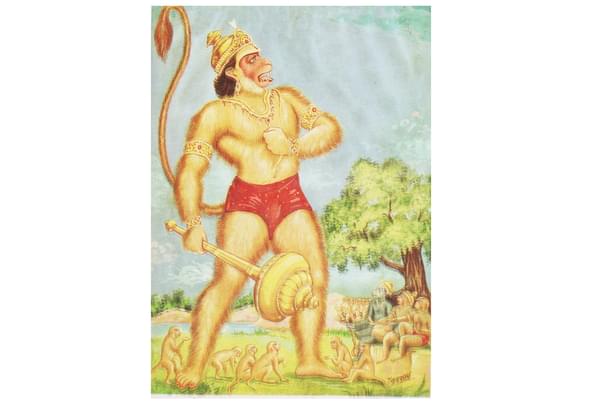
There is also an article by Sri Hanumanprasad Poddar, the Gandhian who was also one of the trustees of Gita Press. It explores the dimension of Hanuman as an extraordinary musician.
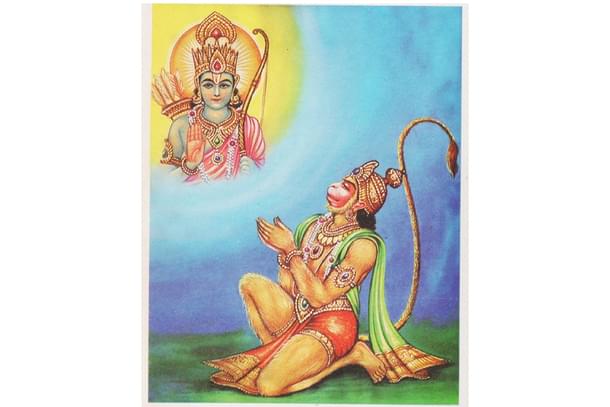
When Hanuman began to sing, Sankara was so much lost in that music that He reclined and placed His feet on Hanuman. Sri Poddar now writes what Vishnu Hari Himself said seeing the scene:
Today there is nobody as blessed as Hanuman. Verily Hanuman has today effortlessly availed of the unequalled fortune of bearing on all of his limbs the feet which are inaccessible even to the gods; are hard to be realized even through the Vedas; are not to be elucidated by the Upanishads; which are not obtained to be placed on the heart for a moment by Yogis even after having undergone for a long time the various austerities, and emaciating their bodies through fasting etc. the feet which are unattainable to the foremost among the great ascetics even after the penances of thousand years. I, too, have worshipped you with devotion for a thousand years, every day with one thousand lotus flowers, but you never condescended to oblige me with this fortune. It is well known among the people that Narayana is the most favourite person of Sankara and Sankara is the most favourite of Narayana, but today as I look at Hanuman I doubt the truth of this conviction and feel somewhat envious of Hanuman.
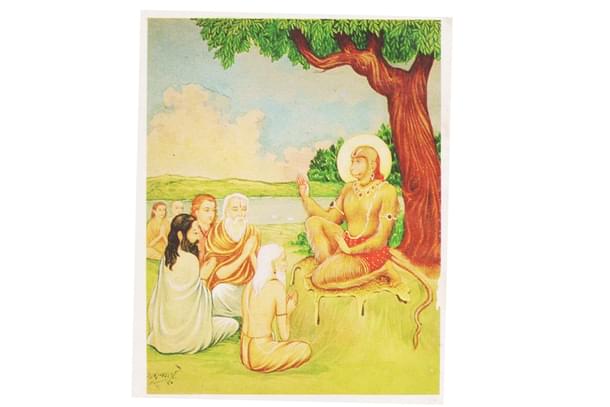
In another essay which speaks of Hanuman as the model for mankind, Rajendra Behari Lal writes:
Let us recognize Hanuman as a world-worker. Visvakarma as a great servant of the Virat-Rupa or universe-form of Rama. Let us emulate Hanuman and try by prayer and worship, by thought, word and deed, specially by professional, bread-winning works, by individual as well as collective effort, to make India an emblem of heaven on earth, a boon and a model for the rest of the world.
It is not only devotional aspect that has been taken into account in this volume. RP Saxena's paper 'Hanuman and Vrishakapi' should be a very important paper for anyone who wants to understand the multilayer meanings and associations that Hanuman accommodates within Himself.
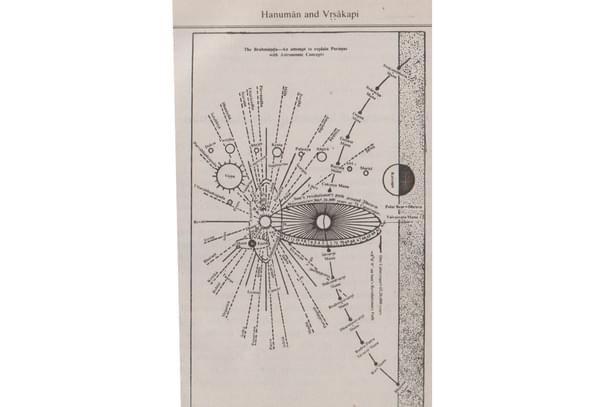
Here is an extract to show the in-depth nature of the paper which is a rigorous research work while also without diminishing in anyway the sacredness of the mighty Hanuman:
The faithful believe the above anecdotes just as they are told. Yet to a logical mind, they do not warrant acceptance at their face value. Either they imply something of deeper spiritual meaning or else they convey some astronomical event. Rg Veda (X.86) Sukta tells us - 'Vrishakapi moves in space as a star in front of Indra.' Hindu Gods are classified as Atariksha Sthaniya, Dyushtaniya and Prthvi Sthaniya meaning gods of deep space, gods of stratosphere and gods of the earth. Vrishakapi as discussed in above references seems to have been only Antariksha Sthaniya.
He bravely concludes that Virkshakapi in Rig Veda as a star of the universe and 'birth of Hanuman as the birth of an astronomical body.' The book also contains a Sahasranama - one thousand names of Hanuman with their English meaning.

Tamaraparani K Narasimhan's 'Sri Hanuman in the Vedas' and 'Hanuman in Rig Veda' by PS Seshagiri Rao deal with mainly Madhva understanding of the Vedic texts which bring out His presence in them.
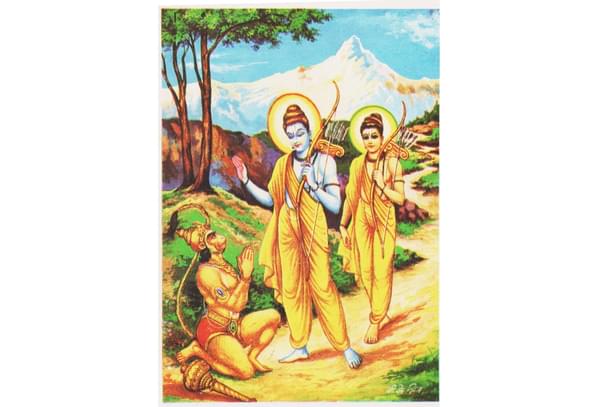
The latter article argues with considerable convincing power that Hanuman is Mukhyaprana. Hanuman did great deed in Ramayana - from facing Ravana single handedly to bringing the life-giving mountain to the battle field:
All these mighty deeds suggest that Hanuman is the best among gods who were born during Ramavatara. And the Upanishads say that Mukhyaprana is the best among gods. Ramayana and many other Puranas also tell us that Hanuman is the son of Vayu. This Vayu and Mukhyaprana are identical. The Vaidika text says 'Oneself gets born as his son' (Kausitaki Brahmanopanishad 2.11). This is true in the case of Gods only. In the case of others, it is interpreted in a figurative sense. So Hanuman is Mukhyaprana incarnate.
Hanuman in Tantras, Hanuman in Vinaya Patrika, Hanuman in devotional literatures, Hanuman temples in various parts of India - these are all some of the topics covered in this volume.
There is an article on how Swami Vivekananda set Veera Hanuman as the model for the youth to serve Mother India and another on Jain veneration of Hanuman. There are two numismatic articles dealing with Hanuman depiction in coins.
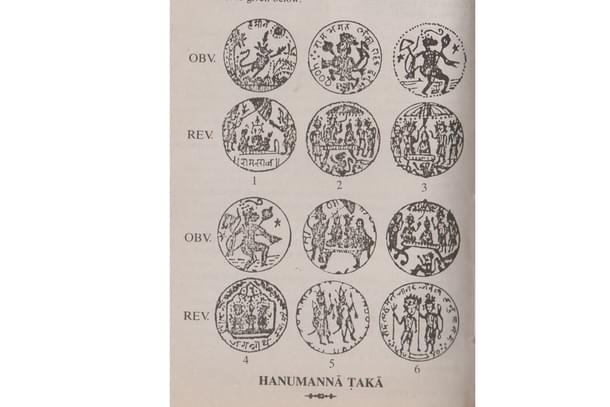
Thus, this volume of Kalyana Kalpataru, published by Gita Press thirty years ago in 1992, is a spiritual treasure for Hanuman Bhaktas and also for all students of Indian culture and spirituality. The number also shows how good scholarship and heartful Bhakti can go hand in hand without antagonising but complementing each other.
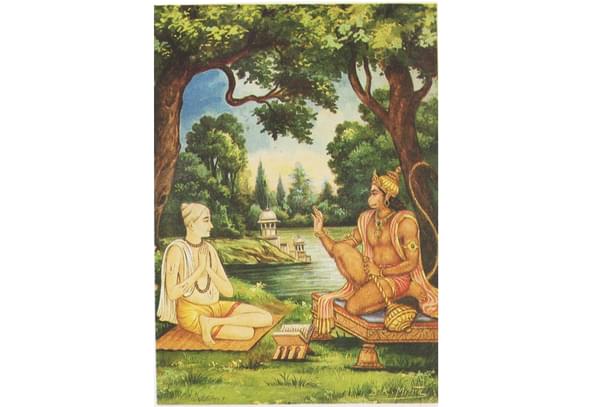
It does not matter whether one agrees with all the values and worldviews that Gita Press and Kalyana Kalpataru advocate. But as an institution there can be no exaggeration in their positive contribution to strengthening and disseminating such important aspects of our spiritual culture.
Also Read: Gita Press: A Century Of Serving The Cause Of Sanatana Dharma





